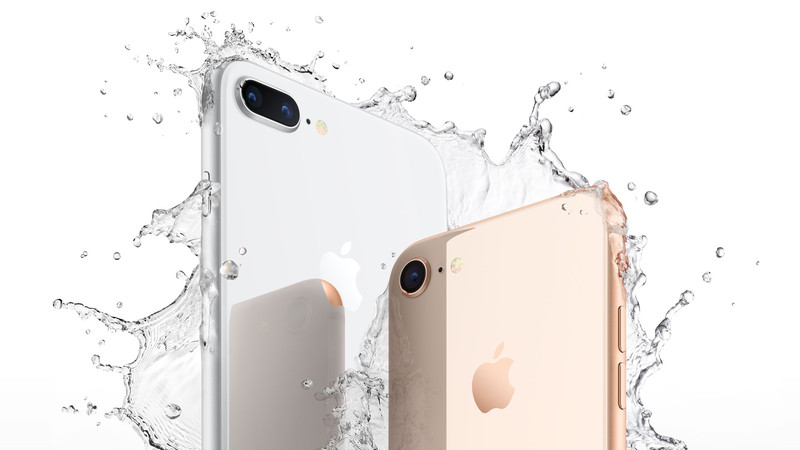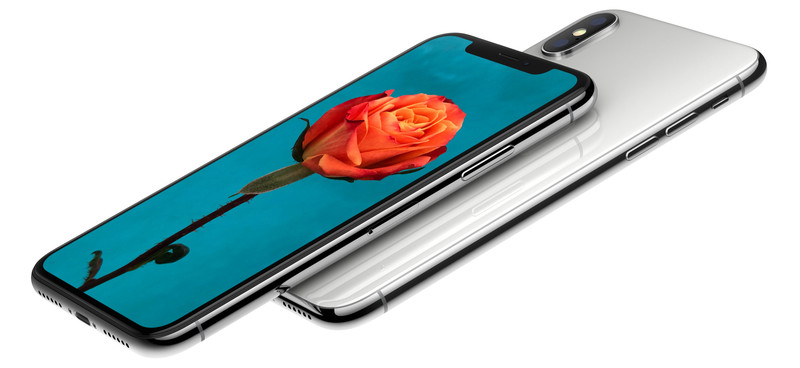Share this
So since there are three new iPhones arriving (almost) at once, you’ve probably been putting some thought into which is the best choice. For the purpose of this article, let’s go into it from the perspective of someone dead set on buying a new iPhone within the next couple months. You’ve ruled out the Pixel 2s and Note 8s of the world and have decided on Apple. Well, where do you go from there?
Why you might want to buy the iPhone 8:
The iPhone 8 is the first iPhone to support wireless charging. Apple changed up the iPhone’s looks a bit this year with a glass back instead of just making the whole thing aluminum. So you’ll be able to plop the iPhone 8 down onto any Qi-compatible wireless charger and it’ll start juicing up. Many of the places where you’d find wireless chargers (like Starbucks and inside some newer cars) already support the same Qi technology as the iPhone, so it’ll just work.

It has the same powerful A11 Bionic processor as the iPhone X. That sounds like something from a Mission: Impossible movie, but all you really need to know is that it’s the fastest chip that Apple has ever put in an iPhone — and the iPhone 7 already felt plenty fast. This new chip is also optimized for all the cool augmented reality tricks that you might’ve seen demos of. Soon, those will make their way to actual apps and games in the App Store. All recent iPhones can do AR, but Apple claims the 8 and X have been “optimized” for it.
You get the same primary camera as what’s in both the iPhone 8 Plus and iPhone X. The 12-megapixel f/1.8 camera has a “larger and faster” sensor than the iPhone 7, says Apple, so if all you care about is having one good camera, this should be excellent. It’s got optical image stabilization and can record 4K video at 24, 30, or 60FPS — just like the other new phones.
The display supports Apple’s True Tone feature, which adjusts the screen’s appearance and color temperature so that it always looks pleasant and less blue / harsh to your eyes in a variety of lighting environments.
Unlike the iPhone 8 Plus, the regular iPhone 8 is still relatively easy to use in one hand. The iPhone X should be too, but it’s also hundreds of dollars more expensive.
iPhone 7 cases still fit.
Why you might not:
It’s only got the one rear camera, so you lose out on Apple’s Portrait mode and the new Portrait Lighting feature, which can change the lighting of a subject’s face in your shot.
The 4.7-inch screen is smaller and lower-res (1334×750) than the iPhone 8 Plus and iPhone X. If you like things to look big on your screen and get lost in YouTube videos or your Instagram feed, the iPhone 8’s display might not be ideal.
It has the smallest battery of the three new iPhones. Apple has promised users will experience “about the same” battery life as the iPhone 7, so you might find yourself buying a battery case.
The iPhone 8 costs $699 for the 64GB model or $849 for 256GB.
It comes in black, silver, or gold.
Why you might want to buy the iPhone 8 Plus:
Aside from their different displays and dimensions/weight — and those are important — the iPhone 8 Plus offers pretty much every single major new feature that the pricier $1,000 iPhone X does. It’s got the processor. It’s got the wireless charging. It’s got dual cameras on the back and can do the same new Portrait Lighting effects as the iPhone X. The 5.5-inch LCD screen has True Tone.
It has the familiarity of a home button and the versatility of Touch ID. Maybe you’re not convinced the iPhone X’s gestures and virtual home bar are really an upgrade. Plus, sometimes people just want to unlock their phone without having to look directly at it.
It has the best battery life of all three new models.
The 8 Plus’s display might be smaller diagonally than the iPhone X’s 5.8-inch screen, but it’s slightly wider because of their different aspect ratios. So some content — like your Instagram feed — will actually look larger on the Plus than on the X.
iPhone 7 Plus cases still fit.
Why you might not:
This thing feels like a “Plus” phone more than ever before when compared to the all-screen competition from Samsung, LG, Essential, and now Apple’s top-tier iPhone X. Other smartphone designs are getting more efficient, but the iPhone 8 Plus remains just as unwieldy as its three predecessors.
Although the 5.5-inch 1080p LCD has superb color accuracy, it’s not going to be as vibrant or eye-catching as the iPhone X’s new OLED screen.
It’s not really all that much cheaper than the iPhone X. If you get a 256GB iPhone 8 Plus, you’re already inching very close to that $1,000 mark.
The iPhone 8 Plus costs $799 for the 64GB model or $949 for 256GB.
It comes in black, silver, or gold.
Follow this blog on Twitter @OmindesWords





